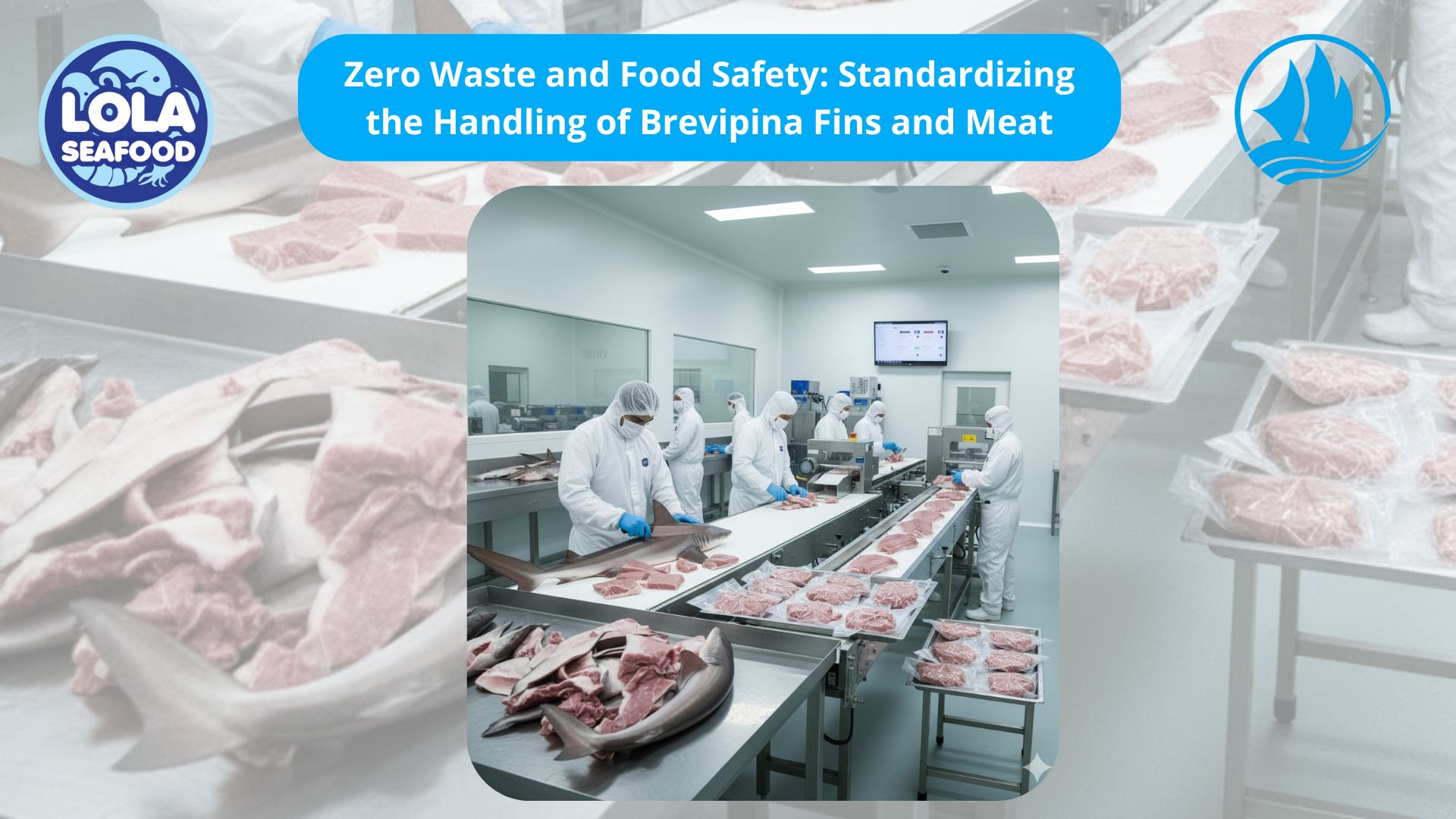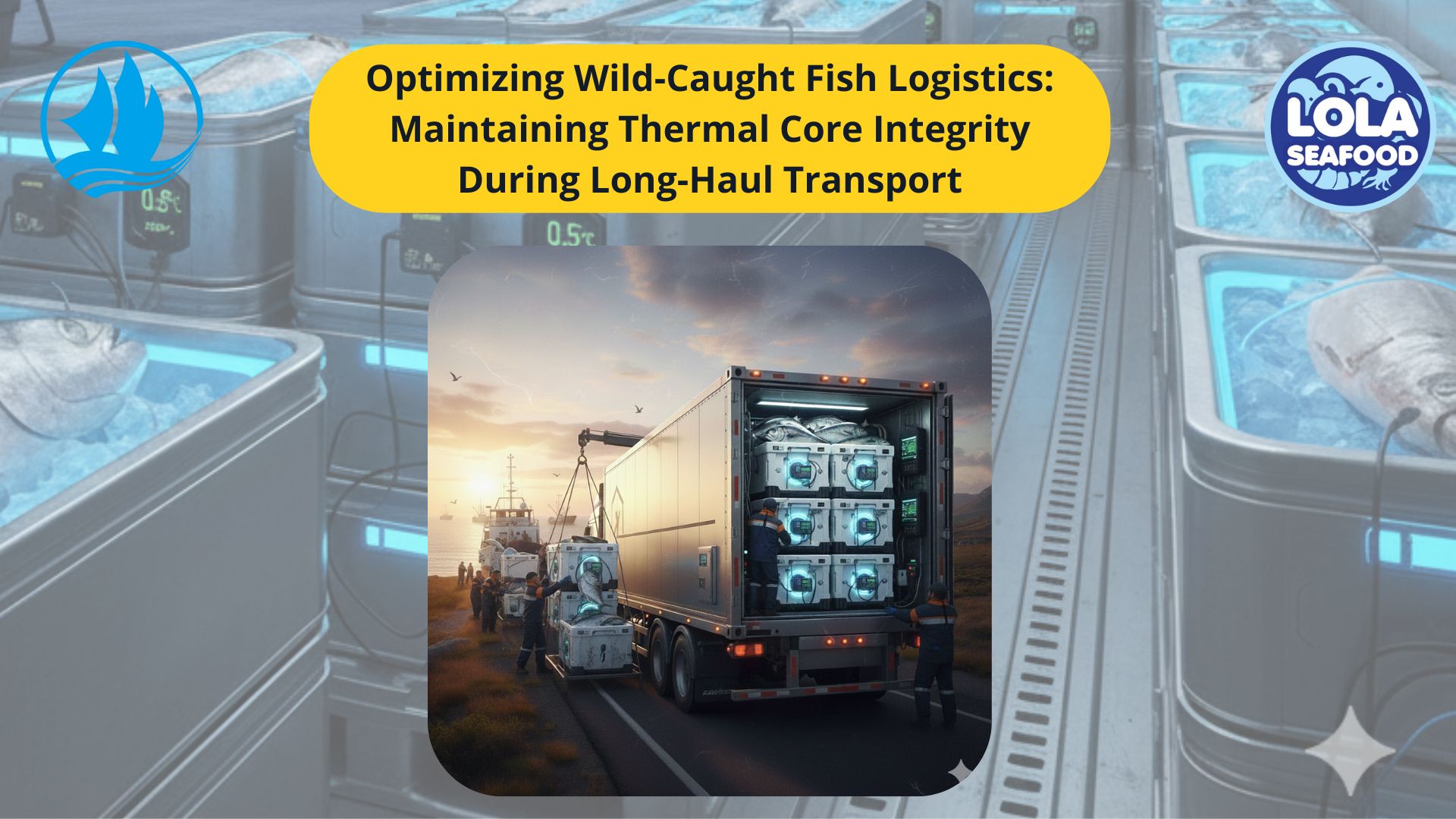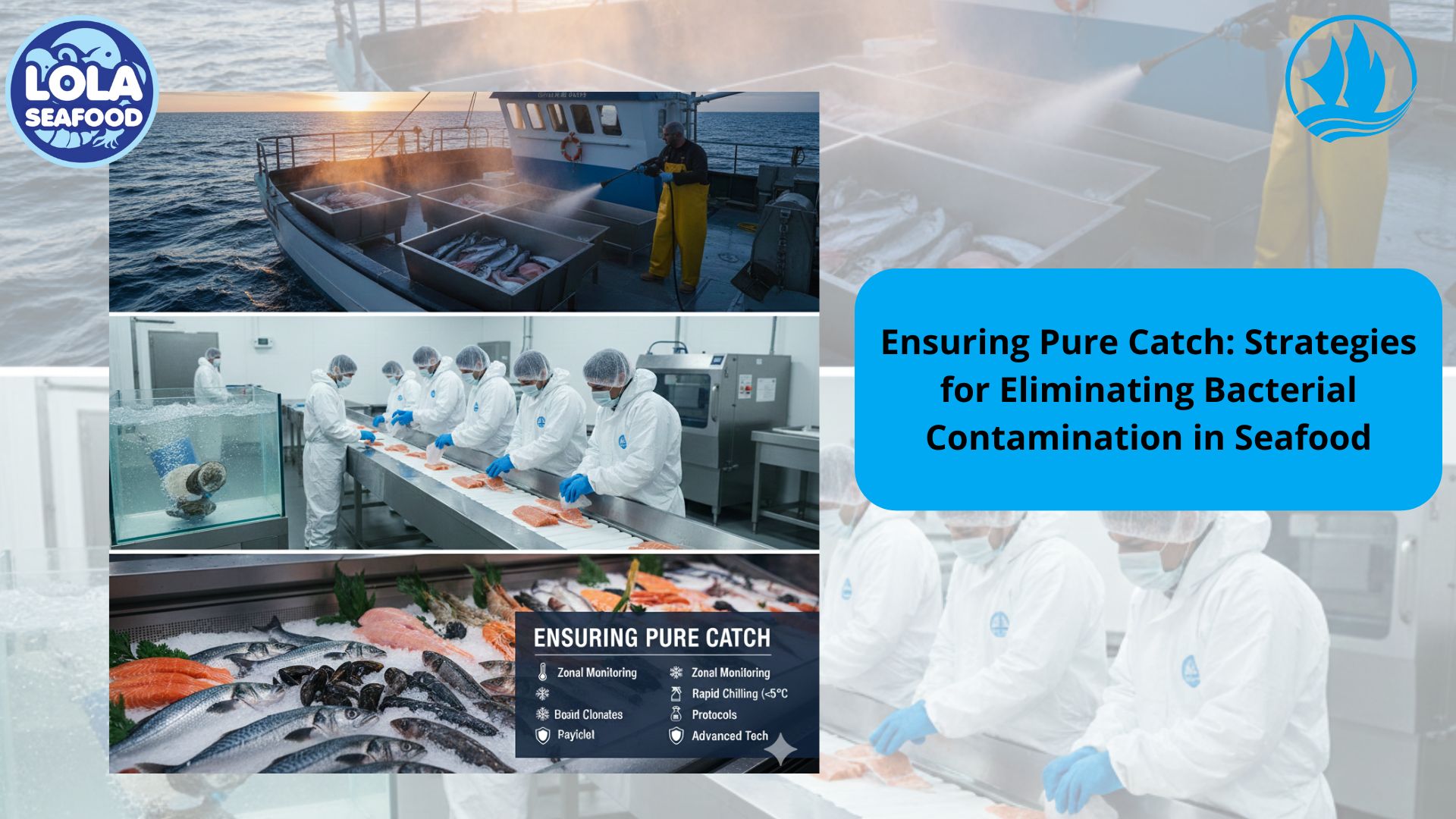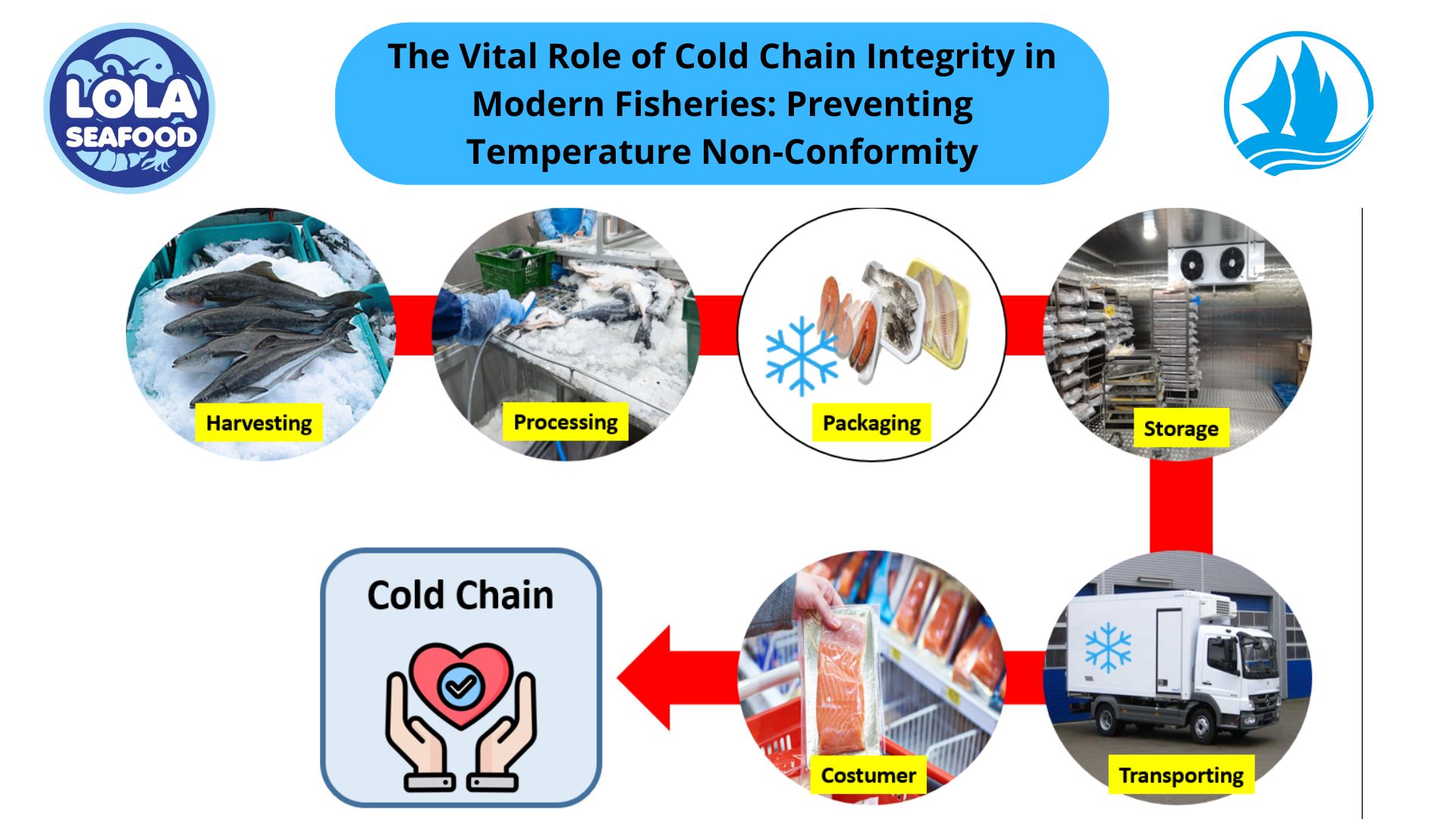Reading Seafood Labels: Key Aspects to Consider for Safety, Sustainability, and Quality
By. Puji Widyastuti - 28 Aug 2025.jpg)
Kelolalaut.com Seafood is one of the most sought-after protein sources in the world, valued for its nutritional richness, delicate flavors, and versatility. However, with global seafood trade expanding rapidly, consumers are increasingly faced with challenges in identifying the true quality, safety, and sustainability of the products they buy. Reading seafood labels carefully is a vital step toward making informed choices, whether for health, environmental concerns, or ethical consumption.
Seafood labels are more than just names and prices—they provide critical information about the species, origin, farming or harvesting methods, sustainability certifications, and even processing practices. Understanding these details ensures not only that consumers get what they pay for but also that they support responsible practices in the fishing and aquaculture industries.
1. Species and Scientific Name
The first element to look for on a seafood label is the species and its scientific name. While common names like “red snapper” or “sea bass” are widely used, they can often be confusing or misleading because different regions may use the same common name for different species.
For example:
- Red snapper (Lutjanus sanguineus) is the correct scientific designation.
- Without the scientific name, there is a risk of mislabeling, substitution, or fraud, where cheaper species are sold under more expensive names.
By checking the scientific name, consumers gain confidence that the product they purchase is exactly the species intended, ensuring authenticity and food safety.
2. Country of Origin (COO)
The country of origin is another crucial aspect. Labels should clearly state where the seafood was harvested or farmed, such as:
- “Farmed in Indonesia”
- “Caught in the Western Pacific Ocean”
- “Imported from Norway”
Why does this matter? Because food safety standards, antibiotic usage, and sustainable practices vary between countries. Seafood from regions with stricter regulations often indicates higher safety and environmental standards. For consumers concerned about quality, COO is a strong reference point.
3. Harvesting or Farming Method
Labels often provide information on how the seafood was obtained:
- Wild-caught
- Farm-raised
- Specific capture methods (e.g., trawl, longline, trap, or pole-and-line fishing)
This information helps consumers understand not only the quality of the product but also its environmental footprint. For instance, bottom trawling is notorious for damaging seabeds and ecosystems, while pole-and-line fishing is widely recognized as a more sustainable practice. Similarly, responsibly managed aquaculture can reduce pressure on wild stocks while still meeting global seafood demand.
4. Sustainability Certification
With rising concerns about overfishing and environmental degradation, certifications have become important indicators of responsible sourcing. Common certifications include:
- MSC (Marine Stewardship Council): Ensures wild-caught fish come from sustainable fisheries.
- ASC (Aquaculture Stewardship Council): Focuses on responsible aquaculture with minimal environmental and social impacts.
- Organic Certification: For aquaculture products that meet organic standards in feed, welfare, and farming practices.
Choosing products with these certifications empowers consumers to support sustainable fisheries and farms, contributing to the protection of marine ecosystems.
5. Production Date and Shelf Life
Seafood is highly perishable, making production date and shelf life essential information. Frozen seafood, for example, can retain freshness if frozen immediately after harvest. By reading this date, consumers can better assess product quality and avoid buying items that may have lost their nutritional and sensory value.
6. Allergen Content and Nutritional Information
Seafood is a powerhouse of nutrition, providing high-quality protein, omega-3 fatty acids (EPA/DHA), and essential minerals. Labels typically outline nutritional values such as:
- Protein content
- Saturated and unsaturated fat levels
- Omega-3 concentration
- Caloric value per serving
Equally important are allergen warnings, especially for products that may contain or be processed in facilities handling shellfish, shrimp, or crustaceans. Such information is vital for consumers with allergies, helping them make safe choices.
7. Processing and Additives
Finally, many seafood products undergo preservation, glazing, or seasoning. Labels should disclose additives such as:
- Sodium tripolyphosphate (STPP): Used to retain moisture.
- Monosodium glutamate (MSG): A flavor enhancer.
- Artificial colorings: Sometimes added for appearance.
While these additives are not always harmful, they are important for consumers who wish to avoid certain substances or maintain a clean diet. Transparency in labeling helps build trust between producers and consumers.
Seafood labels carry valuable information that empowers consumers to make smarter, safer, and more responsible choices. By paying attention to aspects such as species identification, country of origin, harvesting methods, certifications, production date, nutritional content, and additives, consumers can ensure that the seafood they purchase is not only delicious but also safe, nutritious, and environmentally sustainable.
In a world where sustainability and food safety are becoming global priorities, reading seafood labels is no longer optional—it is essential. Through informed purchasing, consumers can contribute to healthier lifestyles, protect marine ecosystems, and support fair and sustainable seafood industries.
If youre interested in our Halibut Fillet Skinless please do not hesitate to contact us through email and/or Whatsapp
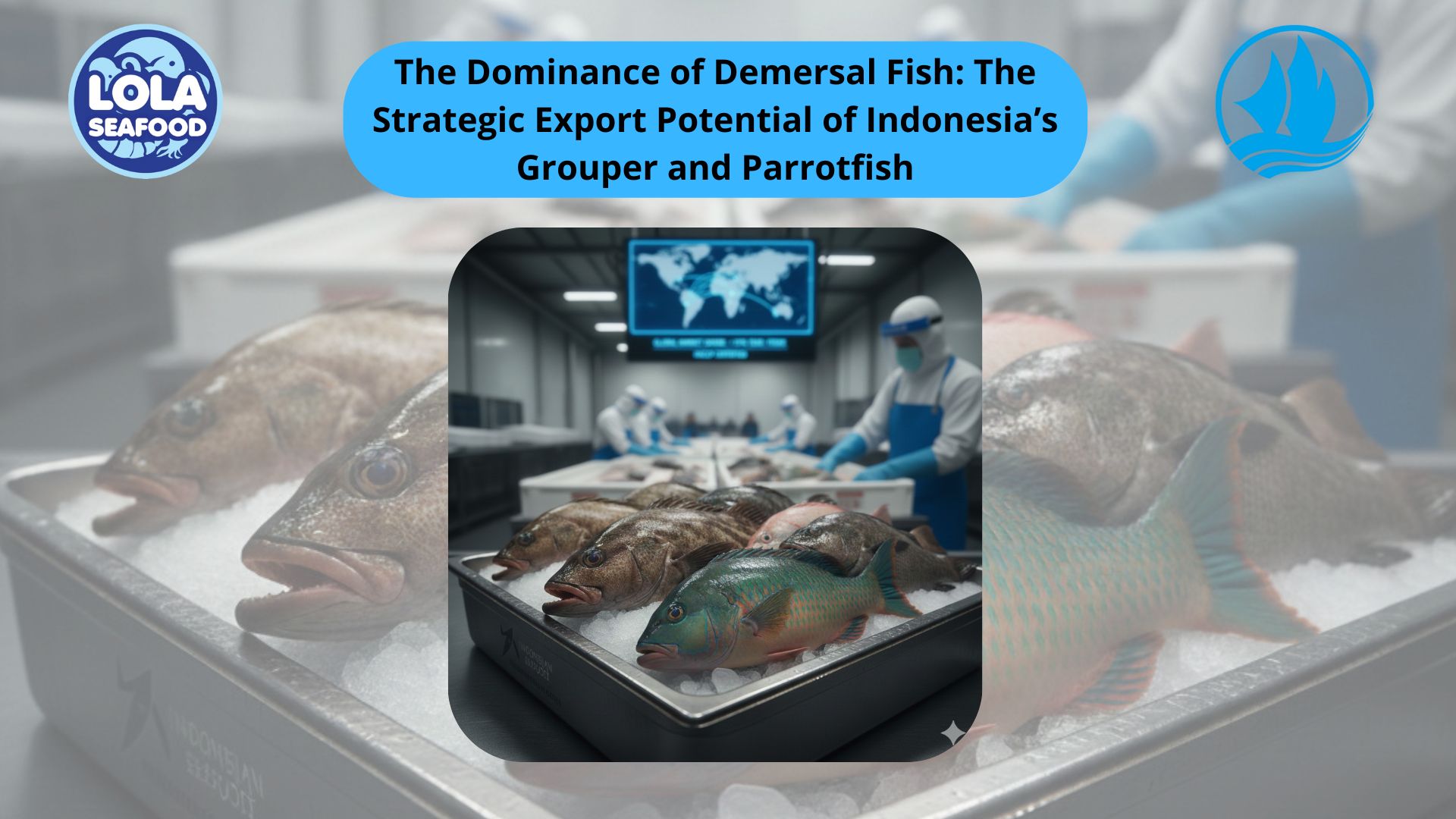
The Dominance of Demersal Fish: The Strategic Export Potential of Indonesia’s Grouper and Parrotfish
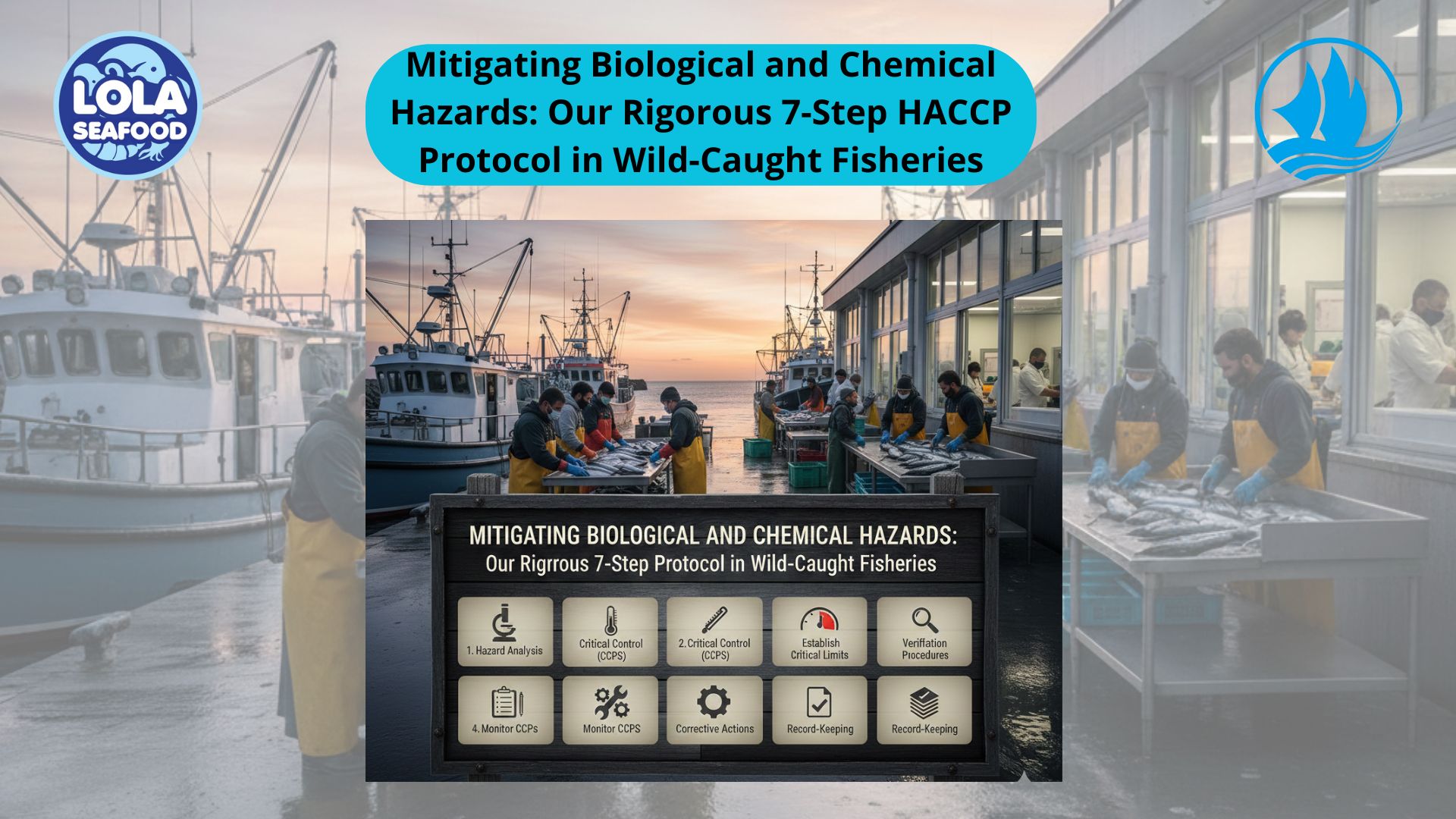
Mitigating Biological and Chemical Hazards: Our Rigorous 7-Step HACCP Protocol in Wild-Caught Fisheries
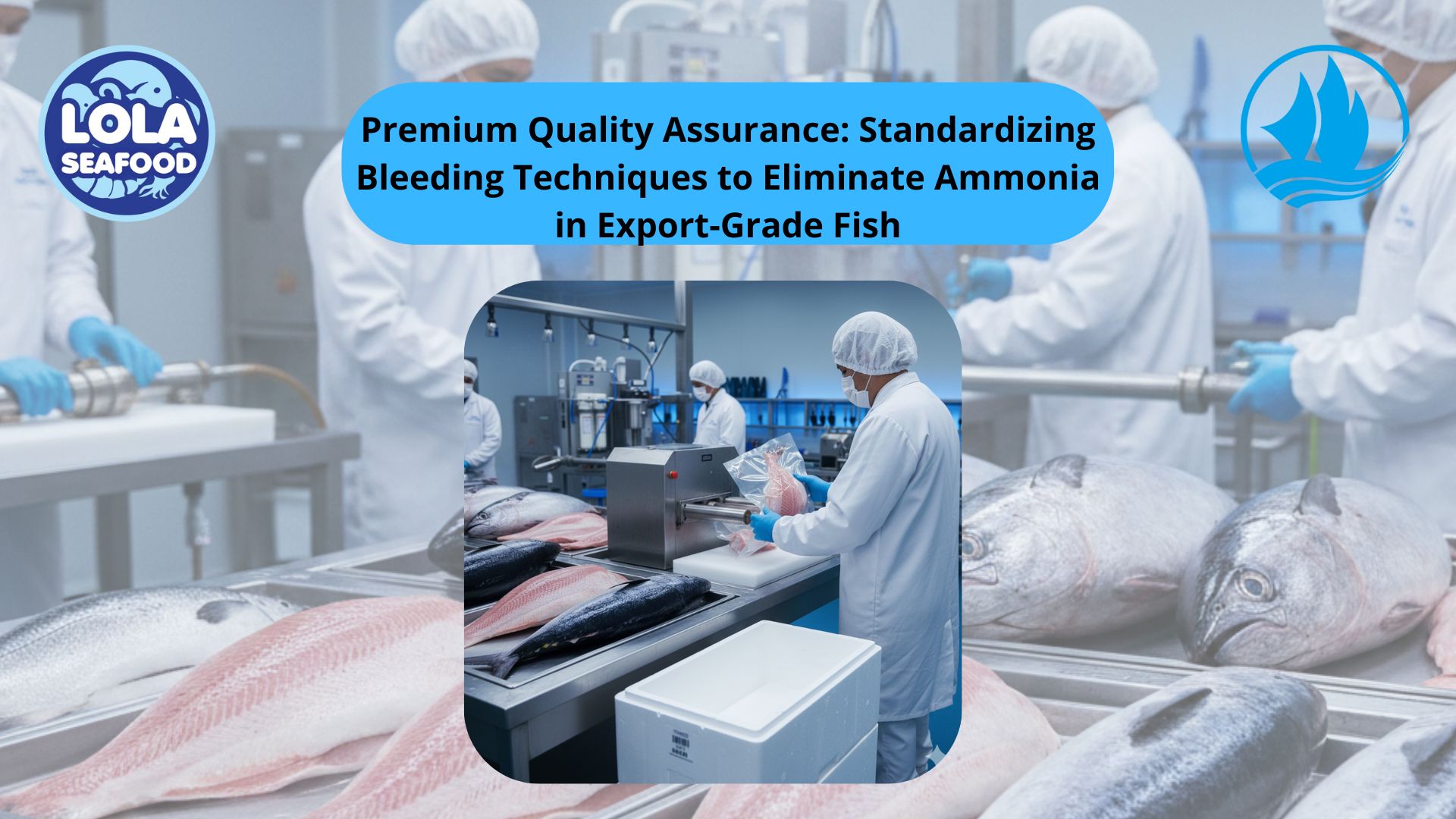
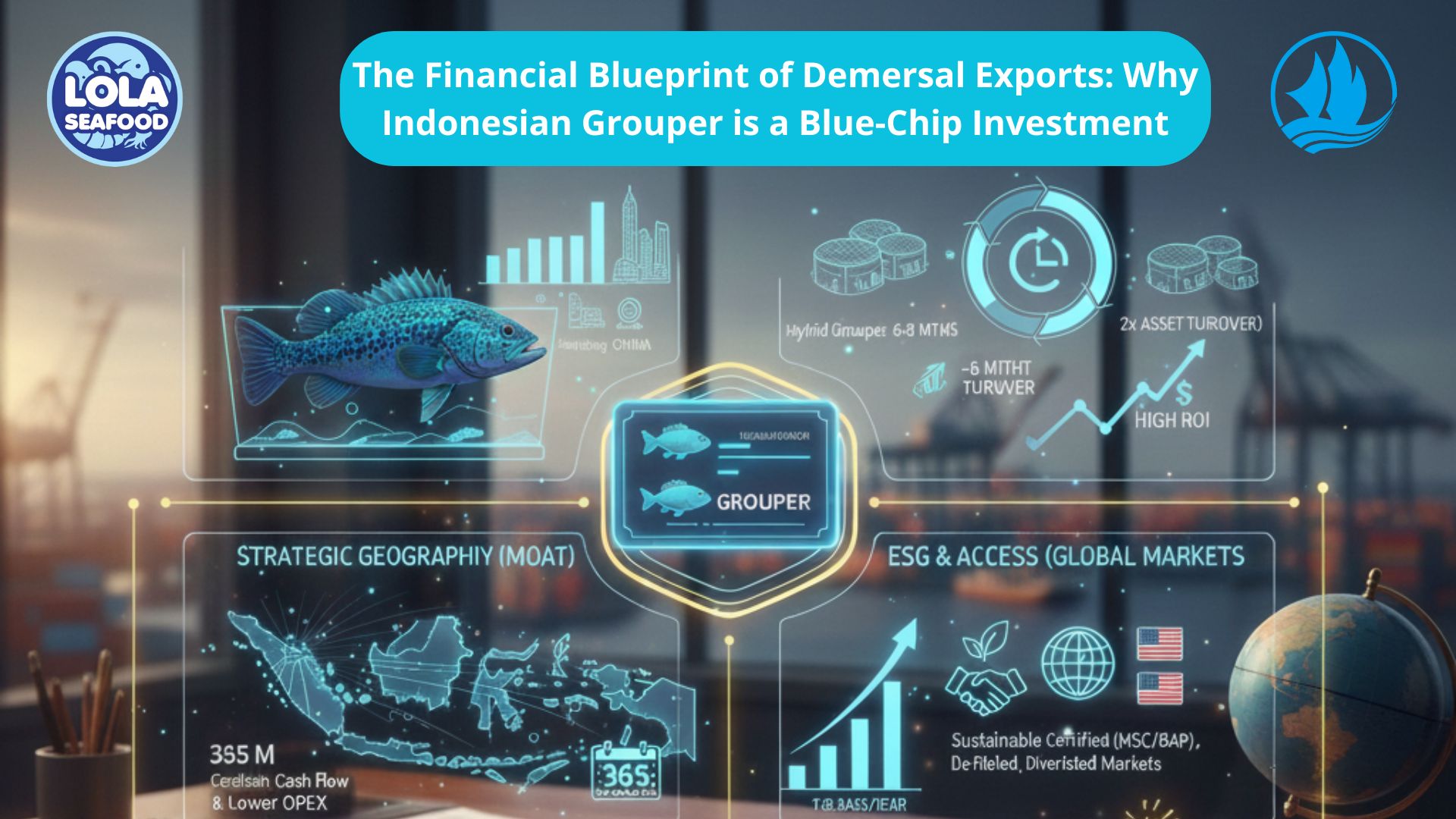
.jpg)
